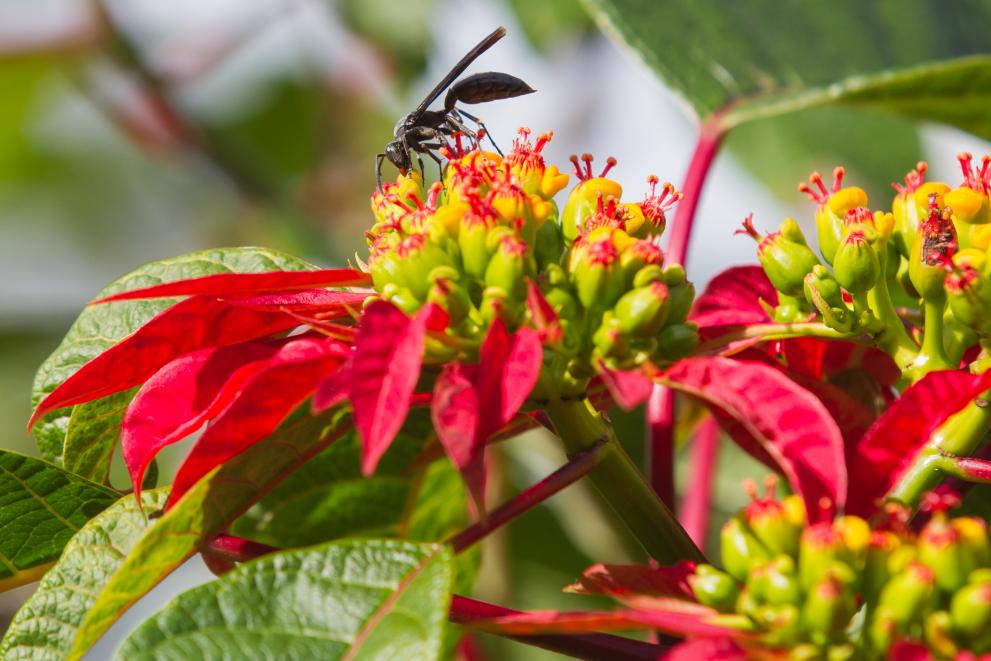
A recent paper published in PLOS ONE provides insights into the success of protected areas (PAs) in protecting the health and productive capacity of land around the world.
It provides an indicator of the state of, pressures on and changes in and around protected areas globally, by quantifying trends in land productivity and reviewing the difference in land productivity dynamics across continents and management styles.
While almost half of the protected land in the world has experienced changes (declines and increases) in productivity over the past 15 years, PAs are overall found to have had a generally positive effect on the conservation of land productivity, and thereby on ecosystem services that form the basis for sustainable livelihoods of human communities.
Protected areas – key to biodiversity and sustainability
Protected areas (PAs) are locations that are protected from human exploitation because of their natural, ecological or cultural values. They are key to global efforts to conserve biodiversity and ecosystem services.
In Aichi Target 11 of the Strategic Plan for Biodiversity 2011-2020 of the Convention on Biological Diversity (CBD), the 196 CBD Parties agreed to conserve at least 17% of terrestrial and inland water areas by 2020 through effectively and equitably managed, ecologically representative and well-connected systems of PAs.
Terrestrial PAs also contribute to the conservation target 15.1 of the United Nations Sustainable Development Goal (SDG) 15 as they seek to protect, restore and promote sustainable use of terrestrial ecosystems.
Terrestrial PAs are expanding. As of July 2018, they covered almost 15% of the Earth’s land area, compared to around 10% in 1992 (when the CBD was signed).
This study quantifies how much of the global protected areas of at least 10 km2 and their immediate surroundings show stable, increasing or decreasing trends in land productivity, and examines the difference in land productivity dynamics across continents and for different PA management categories.
Land productivity dynamics
Based on 15 years of satellite observations (1999-2013), the study found that 44% of the land in PAs retained stable productivity levels, compared to 42% in the unprotected surrounding land within 10 km of the PAs.
Oceania (57%), Asia (52%) and the Americas (46%) were found to have the highest percentage of land with stable productivity in PAs, whereas Africa and Europe have the lowest percentages (41% and 38%, respectively).
In all continents except Africa and the Americas, the percentage of land with stable productivity is higher within than around PAs.
Globally, there is more land with increasing (19%) than with decreasing productivity (15%)
Surprisingly, the land surrounding PAs showed higher levels of increased productivity (32%) compared to the land in PAs (18%). The authors argue that this may be a positive indication that PAs can prevent changes that could threaten their conservation objectives.
Europe was found to have the largest share of protected land with increasing land productivity (32%), followed by Africa (22%), Asia (12%) and the Americas (11%). The lowest values were found in Oceania, where only 8% of the land within PAs has experienced a persistent increase in productivity.
About one seventh of the protected land showed a decline in productivity: land productivity fell in 14% of PAs, compared to 12% of the surrounding land.
Worryingly, 20% of the world’s croplands showed declining or stressed land productivity.
This decline in productivity may be due to a range of pressures and factors (from deforestation, desertification and climate change to land use intensification) that may be detrimental to the long-term conservation of ecosystem health, biological diversity and ecosystem services.
However, as land degradation is a multifaceted and complex global phenomenon, it cannot be fully captured by a single indicator such as the satellite-based changes observed in this study. Further research is needed to analyse and disentangle the specific contribution of each of these drivers, processes and their complex interaction in different regions of the world.
Further research needed to identify areas of critical land degradation
The authors note that, to identify critical land degradation zones, land productivity dynamics should be further analysed within the context of anthropogenic land use and other environmental changes.
However, this paper serves as a first step in providing insights into how successful protected areas have been in protecting the land against processes that lead to unstable land productivity.
Further information
- Land productivity dynamics in and around protected areas globally from 1999 to 2013
- Satellite images reveal land productivity changes in protected areas worldwide
- Digital Observatory for Protected Areas - DOPA
- Biodiversity and Protected Areas Management (BIOPAMA)
Related Content
Land productivity dynamics in and around protected areas globally from 1999 to 2013
Details
- Publication date
- 6 August 2020
